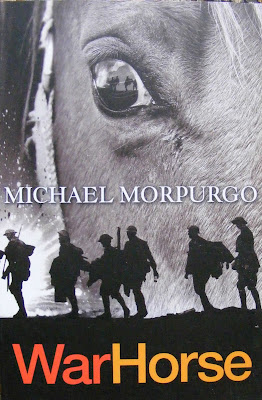Diana Pullein-Thompson, A Pony for Sale
January 1941 was a good month for the Pullein-Thompson sisters. Their first article, 'Cocktail Capitulates' (written by all three) appeared in Riding Magazine that month, and Diana's success in a Riding competition was announced in the same issue.
Riding Magazine
had a young riders’ section, which ran monthly competitions. The November 1940 issue asked readers to
write a critical appraisal of any article in Riding. 'Tell me,' they
said, 'what you feel are the good points and if there any bad ones—do not mind
saying so. I shall not tell the author!' Diana Pullein-Thompson, then aged fifteen, won the competition. Riding certainly
got a critical review. When they announced the prize winner, they said:
'It is so much better to be fairly critical than just to say that all the
articles in RIDING are lovely. Well, the
prizewinner for the seniors produced a good and critical review, and
well-written, too, and the lady’s name is Diana Pullein-Thompson...'
Riding didn’t follow their normal practice and publish her entry. Diana said:
With all the arrogance of youth, I had chosen a piece by a well-established expert – was it Faudel- Phillips? – on jumping with the Weedon seat, which I tore slowly apart, unfavourably comparing the style he recommended with the Italian forward seat. For once Riding broke with tradition and did not publish the winning entry, for fear, I suppose of offending the expert.
Bearing in mind the number of times Major Faudel-Phillips
appeared as a contributor in Riding, she
was probably right.
Diana’s first solo pony book followed five years later: I Wanted a Pony. It was not a savage tearing down of outmoded equestrian theory, although there's plenty of compare-and-contrast going on. Heroine Augusta does things a different way to her cousins, and it's she (of course) who succeeds in the end on her bargain pony bought from the market.
It was a later work, A Pony for Sale (1951) that has the most graphic descriptions of the evils of outmoded theory. It tells the tale of a mare, Martini, who is carefully broken in, but then sold on. In classic pony biography fashion, this does not go well.
Diana’s first solo pony book followed five years later: I Wanted a Pony. It was not a savage tearing down of outmoded equestrian theory, although there's plenty of compare-and-contrast going on. Heroine Augusta does things a different way to her cousins, and it's she (of course) who succeeds in the end on her bargain pony bought from the market.
It was a later work, A Pony for Sale (1951) that has the most graphic descriptions of the evils of outmoded theory. It tells the tale of a mare, Martini, who is carefully broken in, but then sold on. In classic pony biography fashion, this does not go well.
 |
| Collins, 1951, first edition |
 |
| Armada paperback, 1960s |
Lydia is far too arrogant to take anyone else's advice, but after some disastrous competitions, sells the mare to Lettie Lonsdale.
 |
| Collins Pony Library, 1973 |
 |
| Armada paperback, 1980s |
~ 0 ~
The text for this piece was cut from Heroines on Horseback, so I'm seizing the opportunity to get it in somewhere.
Publishing history: A Pony for Sale was published by Collins in 1951, illustrated by Sheila Rose. It first appeared in paperback when published by the paperback arm of Collins, Armada, in the 1960s, with a cover illustration I believe to be by Peter Archer. The book was part of the Collins Pony Library. Many of the Library had new illustrations done by artists who could draw horses: sadly A Pony for Sale was not one of them. The last printing was an Armada paperback with the classic 1980s photo cover.
For much more on Diana Pullein-Thompson, including pictures of all her books, she has a page on my website.

Comments